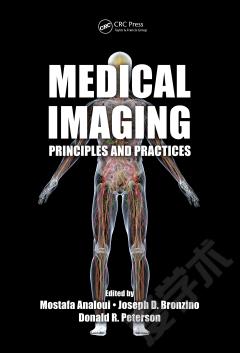The Principles and Practice of Narrative Medicine
Acknowledgments Introduction Part I: Intersubjectivity Chapter 1. Accounts of Self: Exploring Relationality through Literature Maura Spiegel and Danielle Spencer Introduction Self-Telling: Colm Toibin and the Need to Tell Monologue and Dialogue: Dostoevsky and Bakhtin Recognition in Bechdel's Fun Home: Thickening the Story Identification and Refusal in Kazou Ishiguro's Never Let Me Go Conclusion Chapter 2. This Is What We Do, and These Things Happen: Experience, Emotion, and Relationality In The Classroom Maura Spiegel and Danielle Spencer Socio-relational dynamics and medical education The Narrative Medicine Classroom / Workshop Conclusion Part II: Dualism, Personhood, and Embodiment Chapter 3: Dualism and its Discontents I: Philosophy, Literature, and Medicine Craig Irvine and Danielle Spencer "Hi. How are you feeling today?": Tales of Alienation in Healthcare Biomedicine in recent history The Cave and the Machine: Philosophical Roots of Dualism Chapter 4: Dualism and its Discontents II: Philosophical Tinctures Craig Irvine and Danielle Spencer Philosophical Tinctures: Phenomenology and Narrative Hermeneutics Philosophical Narratives: Complexity and Multiplicity Soul Chapter 5: Deliver us from Certainty: Training for Narrative Ethics Craig Irvine and Rita Charon Narrative Ethics of Reading Narrative Ethics of Clinical Practice Ethics of Narrative Medicine Part III: Identities in Pedagogy Chapter 6: The Politics of Pedagogy: Cripping, Queering and Un-homing Health Humanities Sayantani DasGupta Introduction Crip Politics and the Medicalization of Health Humanities Queer Politics and the Problems of Intelligibility Un-Homing Narrative Medicine: Pedagogical Frames Conclusion Part IV: Close Reading Chapter 7: Close Reading: The Signature Method of Narrative Medicine Rita Charon The Origin and Fate of Close Reading Why Narrative Medicine Is Committed to Close Reading Close Reading and Its Progeny, Attentive Listening The Interior Processes of Close Reading Close Reading Enacts the Principles of Narrative Medicine Coda Chapter 8: A Framework for Teaching Close Reading Rita Charon One Way to Teach Close Reading Choosing Texts and Creating Prompts Time Space Voice Metaphor Conclusions and Room for Further Thought Part V: Creativity Chapter 9: Creativity: What, Why, and Where? Nellie Hermann Creativity in Our Everyday Lives What is Creative Writing for, particularly in the clinical context? Forms and Dividends of Creative Writing Creative Writing and Reflective Writing Chapter 10: Can Creativity be Taught? Nellie Hermann Strategies for Writing in the Health Professions A Teaching Tool: The Reading Guide for Reflective Writing The Approach to the Writing Student Finally: focus on the creative spark Part VI: Qualitative Ways of Knowing Chapter 11: The Ethnographic Field: Narrative, Visual, Contextual Edgar Rivera Colon Narrative Prelude Demystifying Qualitative Research Methods An Embodied, Reflexive Practice Making the world visible The Ethnographic Witness Part VI: Clinical Practice Chapter 12: A Narrative Transformation of Health and Health Care Eric Marcus and Rita Charon RC Tells the Clinical Story EM: Concepts-Transference and Transitional Space RC: Concepts-Creativity, Reflexivity, Reciprocity Coda Chapter 13: Clinical Contributions of Narrative Medicine Rita Charon Individual Interview/Relationship Techniques Clinician and Health Care Team Development Novel Narrative Practices Clinicians See Author Biographies Bibliography Index
{{comment.content}}








 京公网安备 11010802027623号
京公网安备 11010802027623号